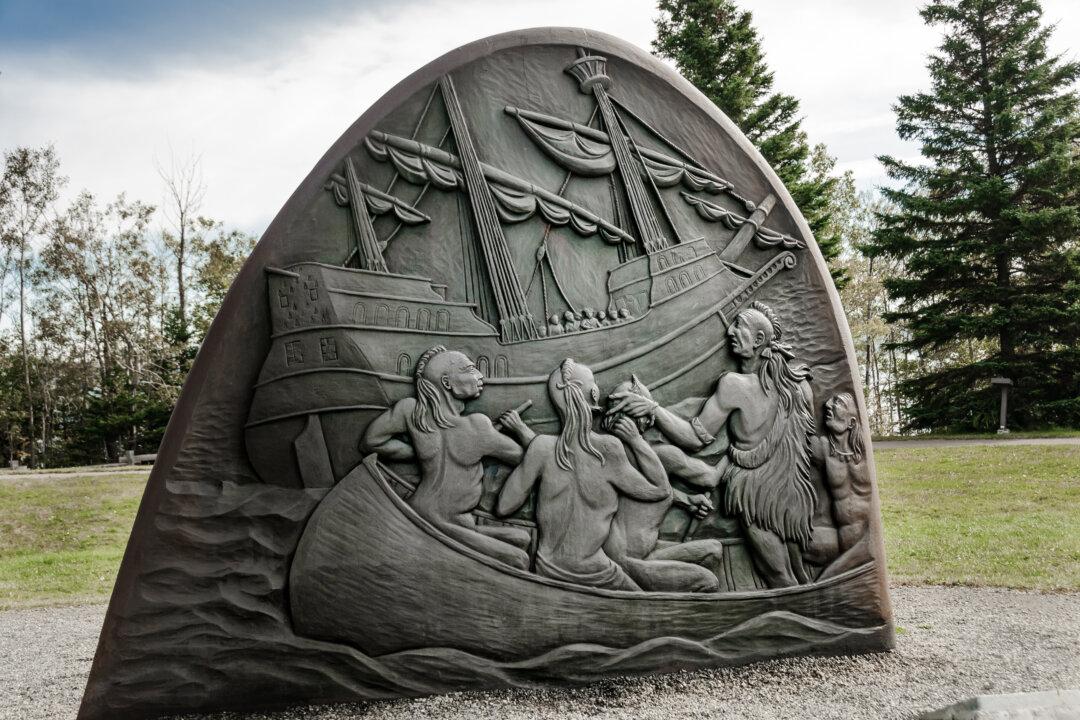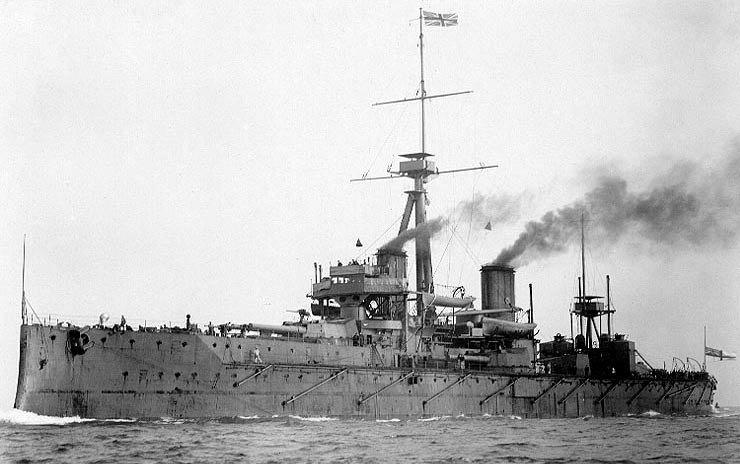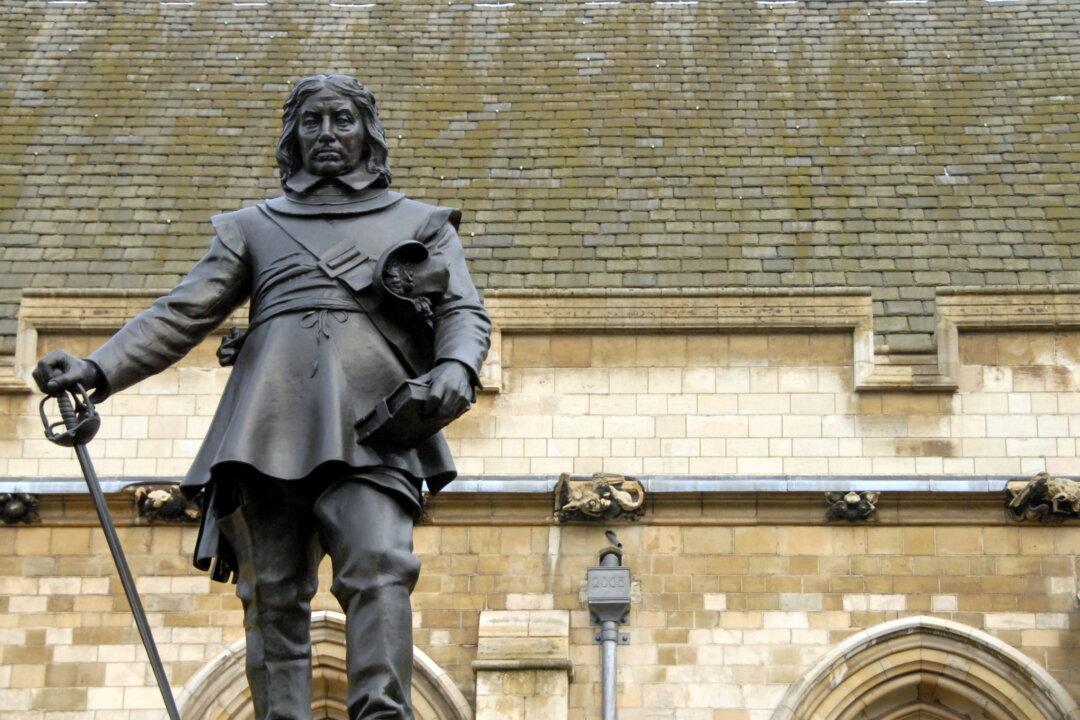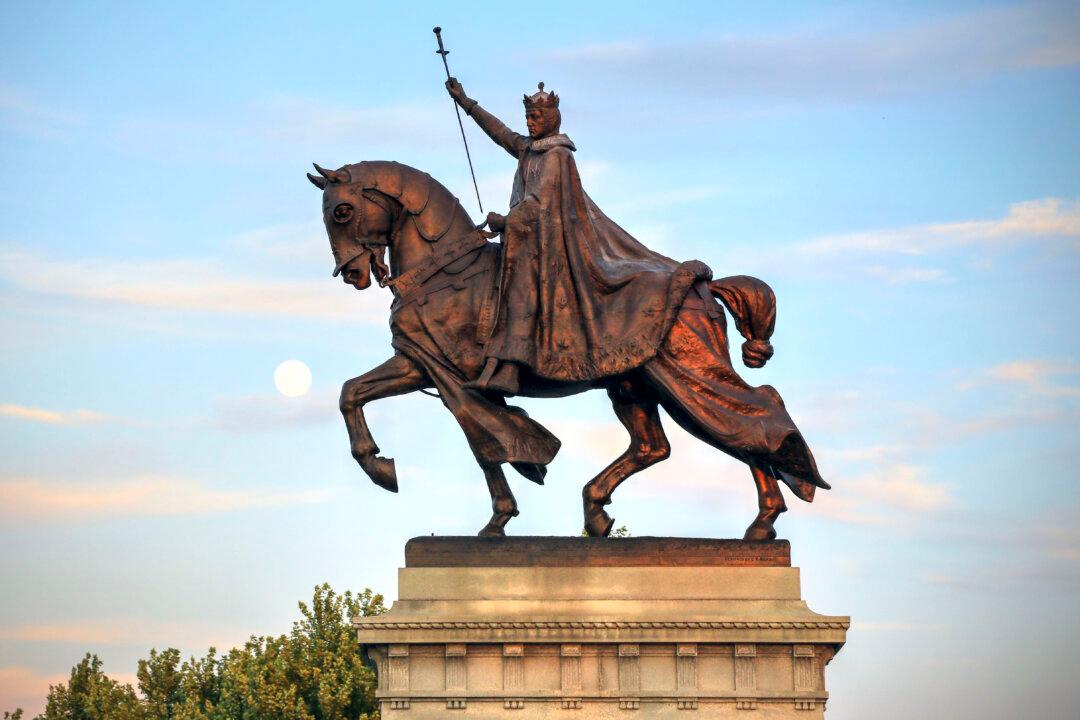By 1530 the success of Spain and Portugal in exploiting the riches of the Americas and Asia led other European countries to send out exploratory expeditions. They were particularly eager to find a northwestern passage that would connect their lands with the economies of China and the Indies.
A threatened war with Spain delayed Roberval’s departure for New France but he commanded Cartier to precede him with half the fleet and the soldiers, craftsmen, and conscripted convicts who were to comprise the settlement. Cartier duly crossed the Atlantic, established a fortified post near Stadacona, and pushed farther up the St. Lawrence in search of Saguenay riches. He returned empty-handed to his settlement where he found that hostilities had broken out with the natives. Dozens of settlers were killed by neighbouring Iroquois, and the Frenchmen spent the winter under siege looking in vain for Roberval and reinforcements.

Cartier’s only consolation was the dozen barrels of gold and diamonds which his men had mined. In the spring of 1542 he abandoned his little town, determined to return to France with his treasure, but on his voyage home he encountered Roberval’s ships off Newfoundland.
Cartier explained to his superior that he had given up his assignment because of the danger posed by marauding natives. The Lieutenant-General replied that he had brought sufficient military force to counter that threat and ordered Cartier to return to the St. Lawrence to continue the planned settlement, but the wily seaman gave him the slip under the cover of darkness and sailed off home instead. There, the gold and diamonds were revealed to be only iron pyrite (fool’s gold) and crystals, leading to the French saying “as false as a Canadian diamond.” Cartier was never again trusted with commissions of exploration.
King Francis, however, had grown discouraged with his colonial project, and in need of Roberval’s military skills, summoned his Viceroy of New France home where he served his king in wars against the English until he was assassinated in the outset of the French Wars of Religion.
The dismal experience of Cartier and Roberval discouraged the French for decades from any further attempts at colonizing their newly claimed lands. It was only in 1608, with the foundation of Quebec City by Samuel de Champlain, that a permanent settlement in Canada was finally established.







